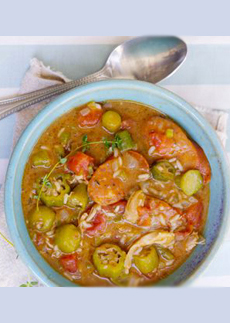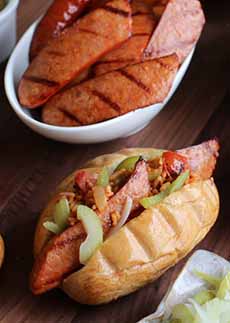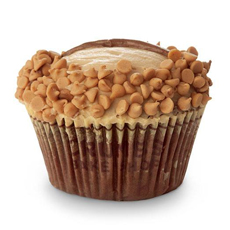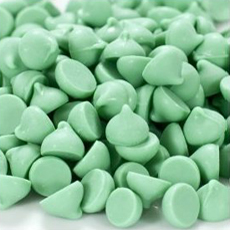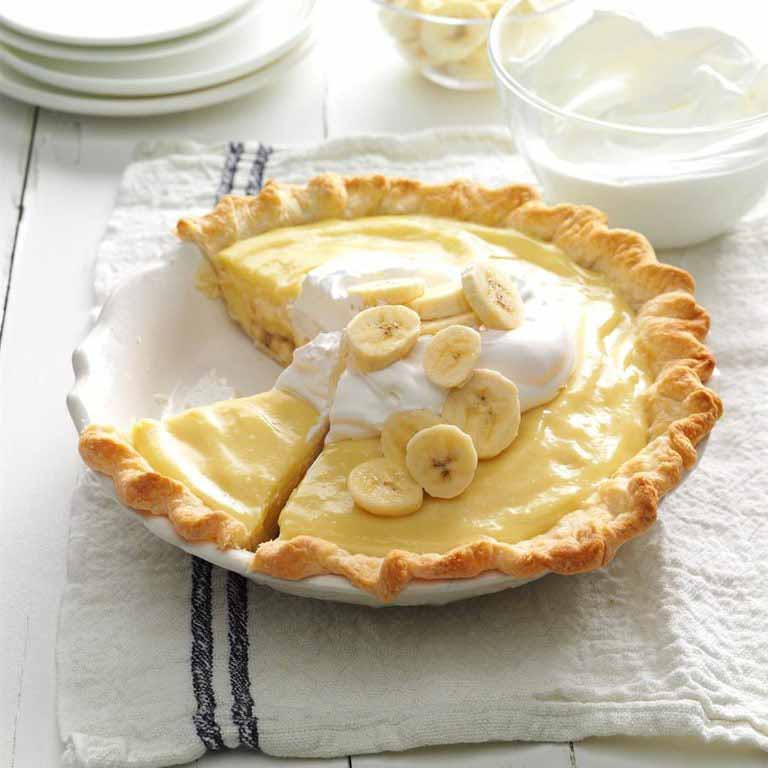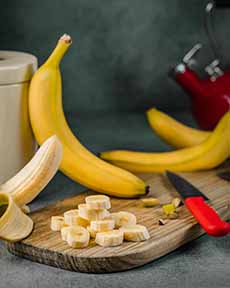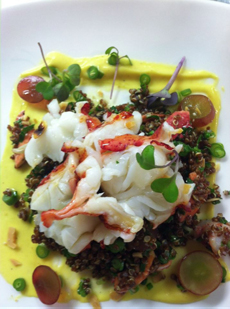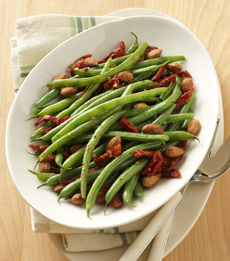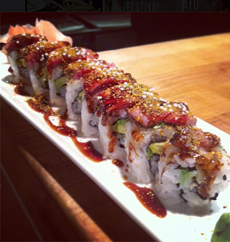|
March 2nd is National Banana Creme Pie Day. But is it banana creme or banana cream?
Crème, pronounced crehm, is the French word for cream. As recipes evolved in the U.S., the trend was to emulate French spellings to give the recipe a cachet. Doesn’t soupe du jour (typically misspelled as soup du jour) sound better than today’s soup?
Thus, in the name of cachet (or perhaps they weren’t good spellers), some of America’s bakers and restaurants began to offer creme pies. The proper use, however is cream pie.
To compound the error, crème got pronounced as creem—that’s right, the same as cream. So why the incorrect and pretentious spelling?
It would be nice to go back and correct the mistakes of the past, but that just won’t happen. So feel free to use the words interchangeably.
And bake this delicious double banana cream pie recipe. The “double” comes from an American invention: Instead of just banana creme/cream in the pie crust, there is a layer of fresh-sliced bananas. It’s the way to go!
Want a chocolate crust? That’s a black bottom banana cream pie.
THE HISTORY OF BANANA CREAM PIE
How long have we had banana cream pie?
Pie is an ancient dish, although not the sweet pies and meat pies we know today. For much of pie history, the dough was inedible, used as a casing for meat pies to keep the juices in, before the widespread availability of pie pans.
Cream, custard and pudding pies date back to medieval times.
But while bananas were first domesticated in Southeast Asia and Papua New Guinea, by at least 5000 B.C.E. and possibly as far back as 8000 B.C.E., they weren’t readily available in the U.S. until the 1880s, due to improved transportation and aggressive marketing.
Busy bakers then refitted the traditional custard pie with a banana cream filling, and banana cream pie found its way into the recipe books. Late 19th and early 20th century cookbooks are full of banana recipes.
The oldest published American recipes for “banana pie” date to the late 19th century. They fill the pie crust with sliced bananas, not a banana cream/custard like today’s pies.
Advises the Woman’s Exchange Cook Book of 1901: “Fill a pie shell, already baked, with sliced bananas and powdered sugar. Put in the oven a few minutes until the fruit softens. Very nice so, but far better to cover the top with whipped cream and serve at once. Flavor with lemon juice.”
In 1906, The Blue Ribbon Cook Book provided a banana and custard filling, but the two were not blended together into today’s familiar, creamy banana filling. Instead, sliced bananas lined the bottom of the crust, and the custard was poured over it.
|
